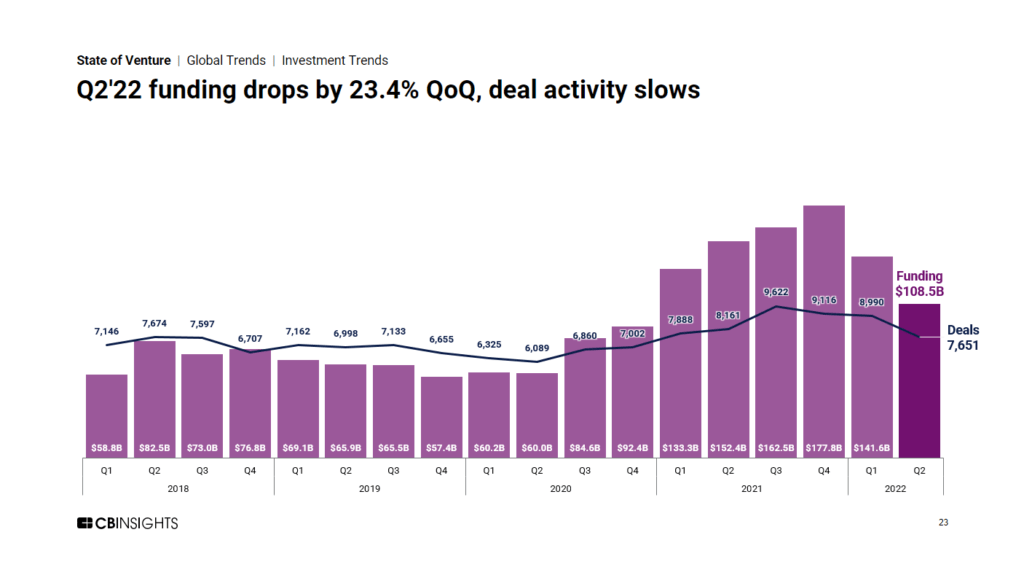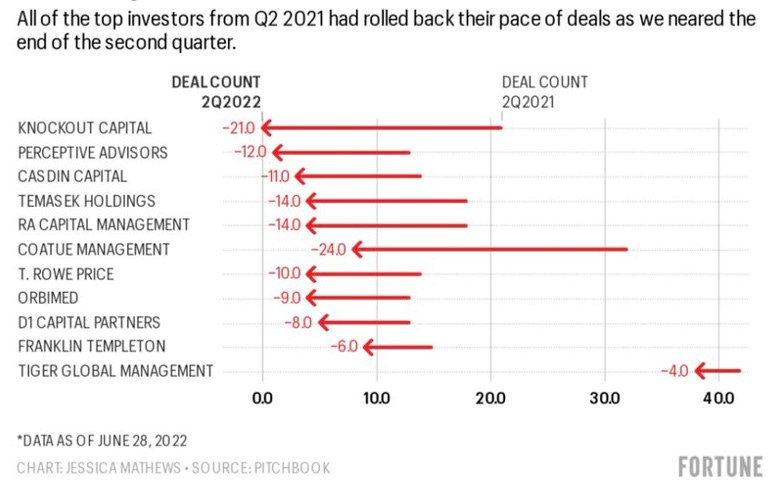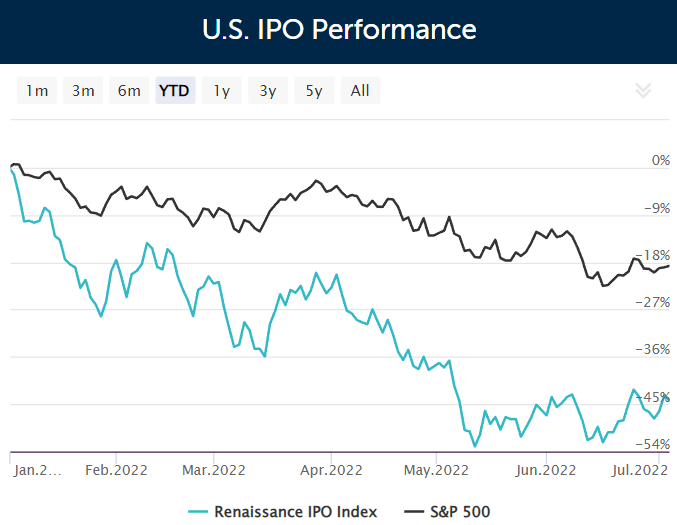1 - Deal activity is down in the second quarter globally
2 - Last year’s active later stage investors are scaling back their VC investments
3 - Performance post IPO is horrible so IPO markets are closed
4 - Record Amount of VC Dry Powder
VC funds continued to attract capital amassing $497 billion of dry powder as of May 11, according to Preqin.
VC funds in the US have collected more than $70 billion in commitments in the first quarter of this year, according to PitchBook data. That's already more than half of what was raised by the asset class during all of 2021, the highest year on record. It's also larger than the combined funds committed in 2008, 2009 and 2010, the years of the global financial crisis.
What does this all mean?
Deals are still getting done. 7,651 of them. Which is more than every, bar one, quarter in 2018, 2019 and 2020. There’s a record amount of dry powder and VCs are going to invest it. The above doesn’t going into valuations and yes, valuations are down. VCs will do more diligence and will invest at lower, arguably more historical defendable, valuations than in 2021.
If you’re a later stage startup, the exit and funding options have become limited. IPOs are out of consideration and so are most “cross-over” investors. So either you’re either a) cosying up to acquirers (at the aforementioned lower valuation multiples), b) extending your runway (which unfortunately means layoffs in 320 startups this year) or, c) raising capital from traditional VCs, likely at a lower multiple, and hopefully not at a downround although they have become more common (CBInsights used to have down round tracker until 2018 and I’m sure they will bring it back).
If you’re an earlier stage startup and you have to raise, raise enough for 18-24 months so you have the flexibility not to raise again in this environment (hopefully). VCs generally don’t like to have portfolio companies with too much cash sitting on your balance sheet (opportunity cost of capital) so 24 months may be the longest runway you will get.
If you’re looking to start-up (or have started already), focus on solving a real problem with sustainable long-term unit economics that has the potential to breakeven without blue sky growth forecasts. The world has changed from a “growth at all costs” mentality.





